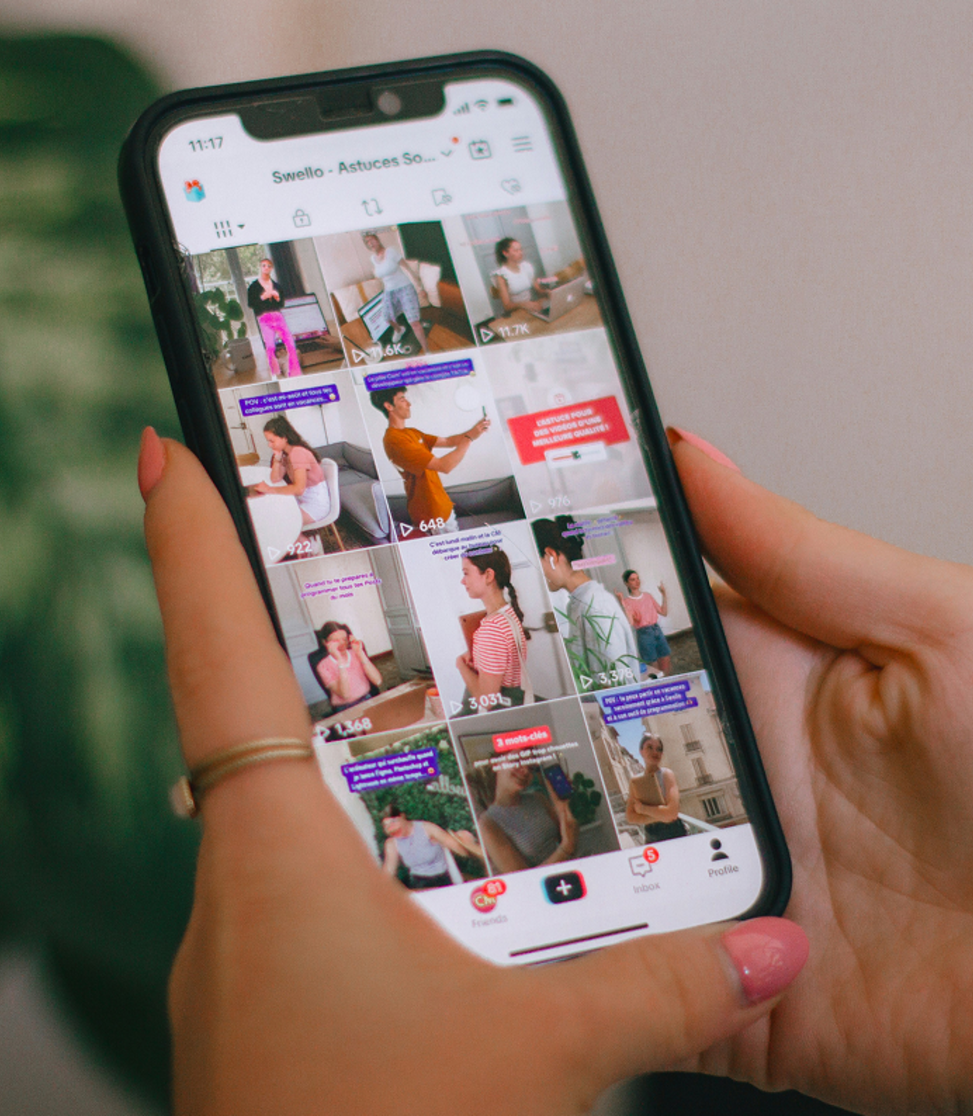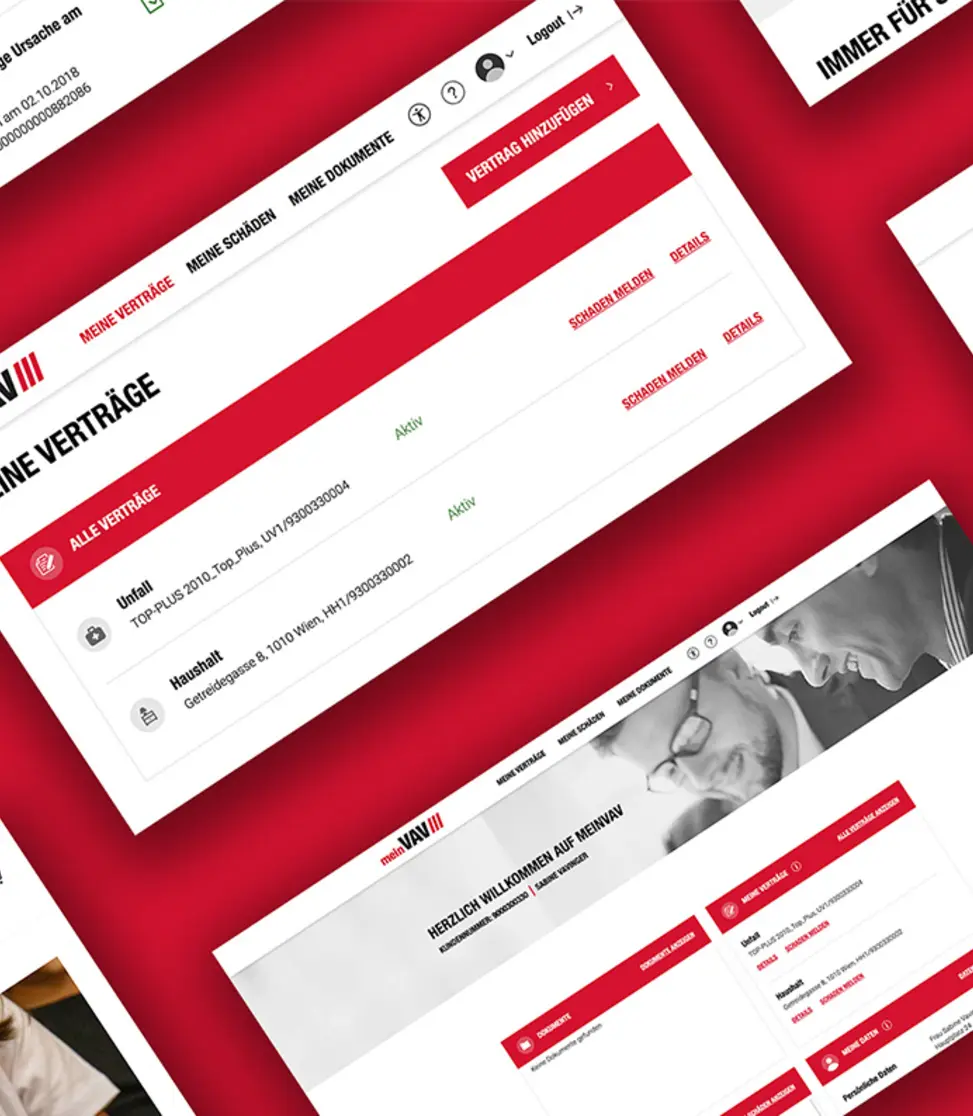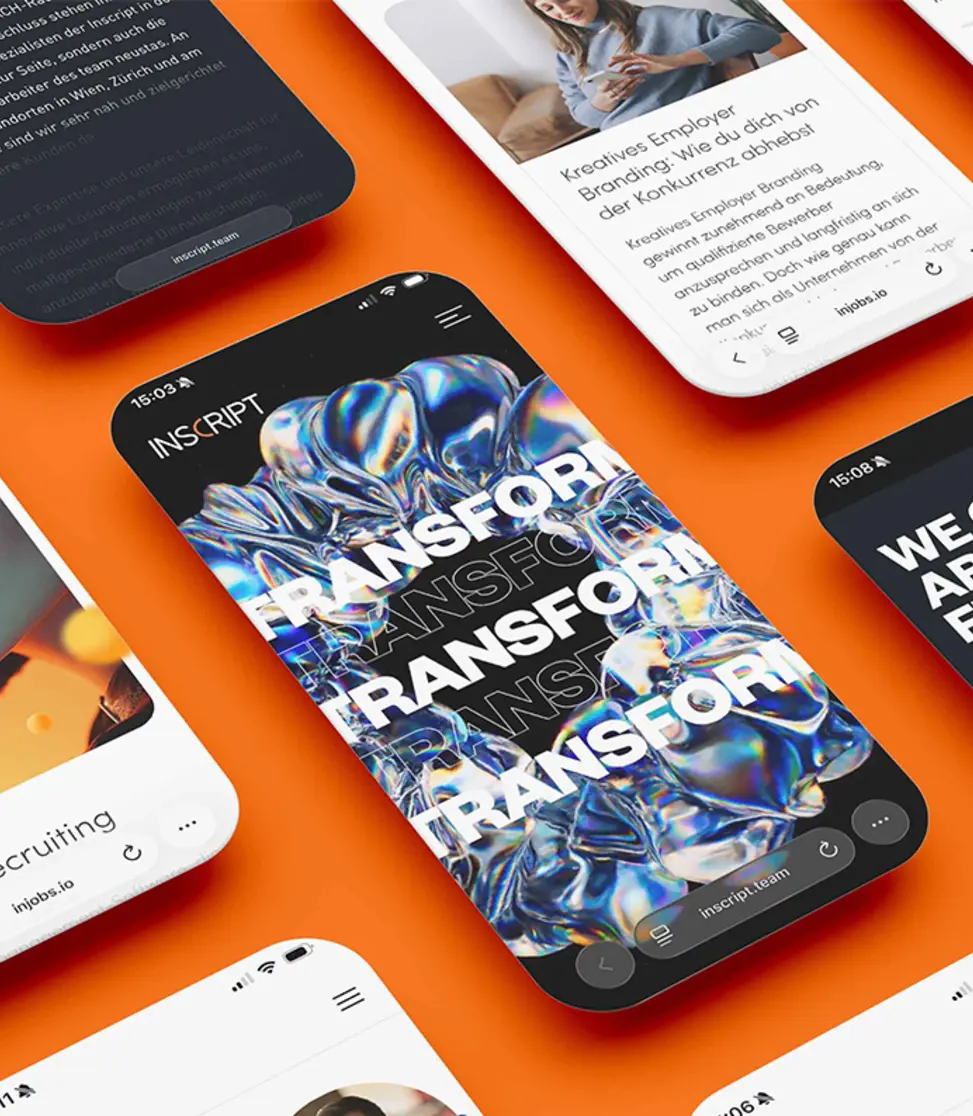


The effect of language
In digital products, a lot of emphasis is placed on layouts, interactions and technical perfection. However, one decisive factor often works in the background - language. Whether it's microtext in forms, the use of gender-neutral language or the tone of voice with which users are addressed: All of this influences how people perceive a digital experience. Language is UX. It guides, explains and communicates - and often determines whether users feel included or excluded. This is precisely why it is worth listening carefully to what our interfaces are actually saying.
UX begins with the first word
Language is more than just text. It is attitude, brand, strategy. Anyone developing digital products should design words with the same care as buttons or user flows. Because every "Next", every "Oops, something went wrong" is a moment of communication - and therefore a moment that counts. Language works quietly but deeply. It is the most underestimated lever for not only controlling user experiences, but also improving them.
Frequently Asked Questions
FAQ
Microcopy are short, functional texts in digital interfaces - such as button labelling, form help or error messages. They guide users through digital processes and help them make decisions. Good microcopy provides orientation, trust and a smooth user experience.
Gendering is not mandatory, but it sends a strong signal for inclusion. It shows that all users are being addressed - regardless of gender or identity. However, those who choose to do so should use gender consistently and stylistically consciously to ensure comprehensibility and legibility.
There is no "right" or "wrong", but some variants (e.g. gender colon) are considered less accessible for screen readers. It is important to choose a form that suits the brand - and to use it consistently. Consistency ensures clarity and professionalism.
Tonality describes the linguistic style and the "character" of a brand. It can be relaxed, serious, humorous or empathetic - the main thing is that it suits the target group and remains consistent across all touchpoints. The right tone of voice creates trust and brand loyalty.
The best way to do this is through conscious content design: integrate language into the UX strategy at an early stage, develop clear guidelines (e.g. for microcopy and tonality) and regularly test how users react to certain texts. Even small text modules should receive just as much attention as design or function.











